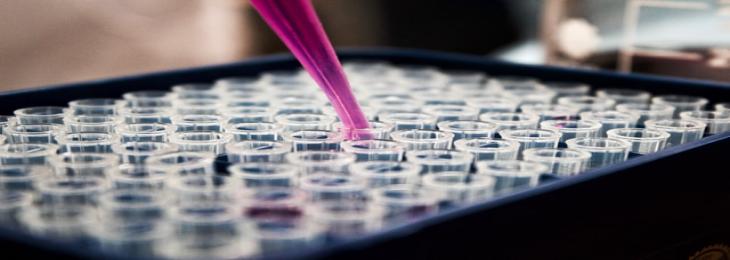
On the International Space Station, astronaut Christina Kock edited the CRISPER on yeast colonies.
For the very first time in space, the CRISPR gene modifying tool has been used successfully. Scientists at the International Space Station have modified yeast colonies to investigate how DNA damage can be remedied, which could be a first step in finding methods for protecting astronauts from space irradiation. CRISPR is a major scientific advancement of the last decade, enabling the researchers to edit the genomes of living cells conveniently. This can help the medical practitioners to combat a wide range of diseases such as HIV, diabetes, muscle dystrophy and cancer. However, there is a large group of health issues caused by space travel for which doctors have not yet begun to test CRISPR.
After decades of astronauts visiting, working and living in space, it is clear that the next generation of space travelers will face dozens of new health problems. Astronauts may lose muscle mass as a result of the high radiation and low gravity as well as an increased risk of diabetes, cardiovascular disease, Alzheimer’s disease, cancer and a leaky gut syndrome. For the new research, scientists from the Genes in Space venture analyzed whether CRISPR reacted differently in space’s microgravity environment. The researchers introduced the CRISPR mechanism to the yeast colonies on the ISS and later they compared it with the control groups on earth. The CRISPR pattern was created to make a specific type of snip to the yeast’s DNA known as a double strand break. This type of damage is frequently caused by cosmic rays which can be extremely harmful.
The CRISPR kit also included a series that would coat the colony red after the repairing of the injury, enabling the researcher’s to see which colonies had been modified. And certainly within six days from the experiment some of the colonies on the ISS have turned red. This shows that the gene editing succeeded making it the very first successful innovation demonstrated in space. The researchers says that it can be a first step in establishing a way of remediating the DNA of astronauts in space and keeping them safer while they spend time away from the Earth.






